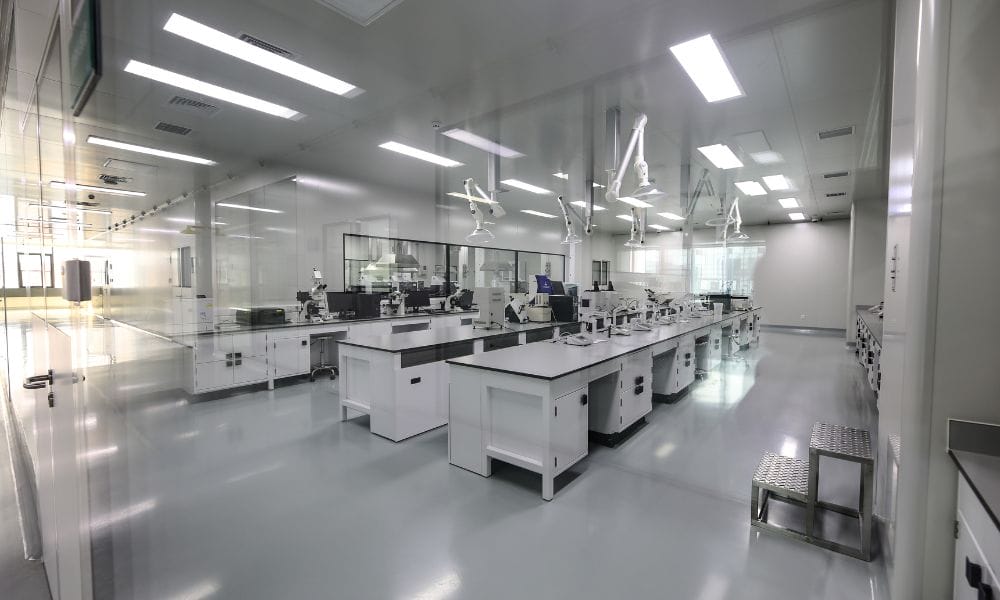Various chemicals and substances in labs can emit harmful fumes and particles that deteriorate the air quality. Inadequate ventilation, monitoring systems, and waste disposal management compromise lab workers’ safety and the integrity of experimental results. Explore tips for improving laboratory indoor air quality to protect your workers and research.
Maintain the Ventilation System
Establishing a rigorous maintenance routine for your lab’s ventilation system will improve its reliability. This process involves checking filters, ducts, and exhaust systems. Laboratory staff should inspect and replace HEPA filters when necessary to prevent airborne contaminants from compromising experiments. Additionally, calibrate airflow meters and gauges to support their accuracy.
Consider the following factors when determining how often you should inspect your ventilation system:
- Evaluate the lab’s daily operations. For example, high-volume testing facilities demand more frequent checks than university labs.
- The types of contaminants workers typically encounter, such as volatile organic compounds (VOCs), airborne pathogens, or particulate-rich samples, might necessitate shorter intervals between inspections.
- Consider regulatory standards, such as OSHA or CDC guidelines.
Tailoring your schedule keeps your workplace safe and protects research integrity. Keep a maintenance log, and set reminders for regular service intervals.
Continuously Monitor Air Quality
Air quality monitors measure the concentration of pollutants in the air. They can identify and quantify various gases such as carbon dioxide, carbon monoxide, nitrogen dioxide, and volatile organic compounds that may be present in the lab.
When choosing a fixed gas monitor for your workplace, consider the device’s user-friendly features. When workers understand the readings from the monitor, they can respond appropriately to detected changes in air quality.
Enforce Strict Waste Disposal Protocols
Implementing strict waste disposal protocols in laboratories contributes to improved indoor air quality. Safely disposing of chemical waste minimizes harmful vapors and gases that could pollute the air. Regular removal of waste also prevents the buildup of chemical residues that can degrade air quality over time.
Always label waste containers accurately to avoid mixing incompatible materials. Waste segregation prevents volatile chemicals from interacting and producing harmful airborne byproducts. Dispose of chemical waste in designated containers instead of pouring it down the drain. Finally, schedule regular waste collection to prevent the accumulation of hazardous materials in disposal receptacles.
Good air quality is integral for the safety and health of lab workers. Take these steps to minimize the risk of exposure to harmful pollutants or airborne substances and promote a conducive environment for scientific research.








